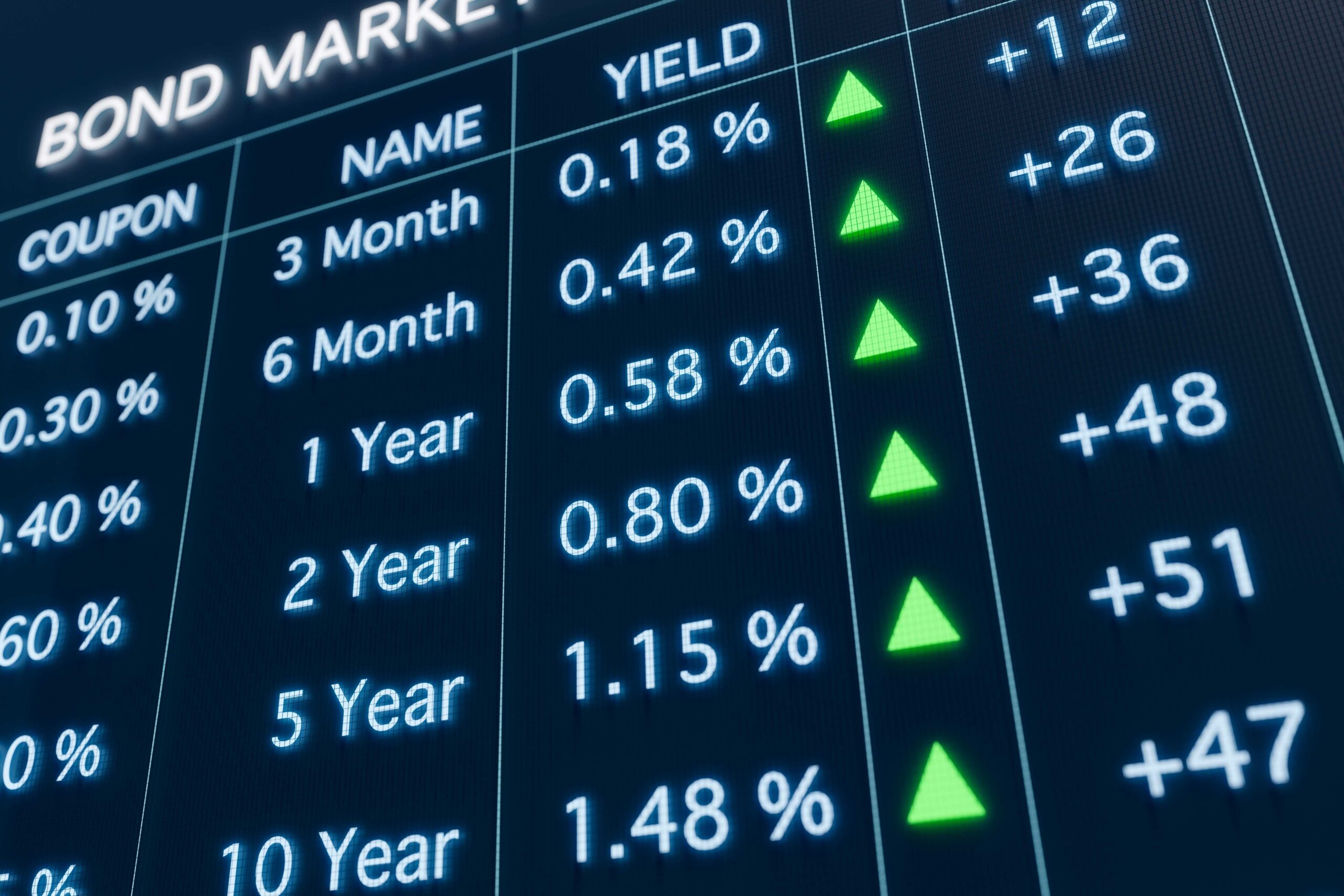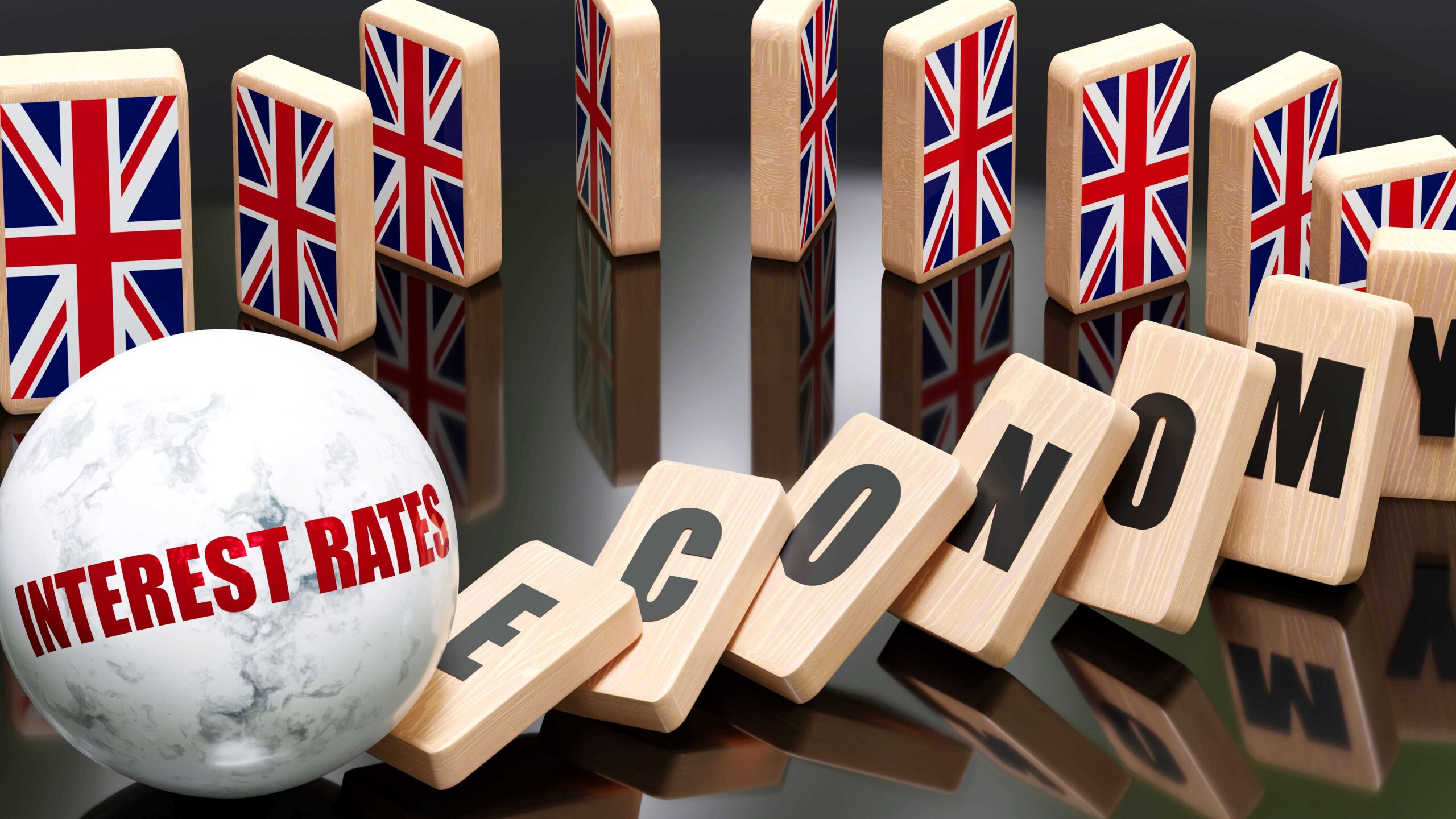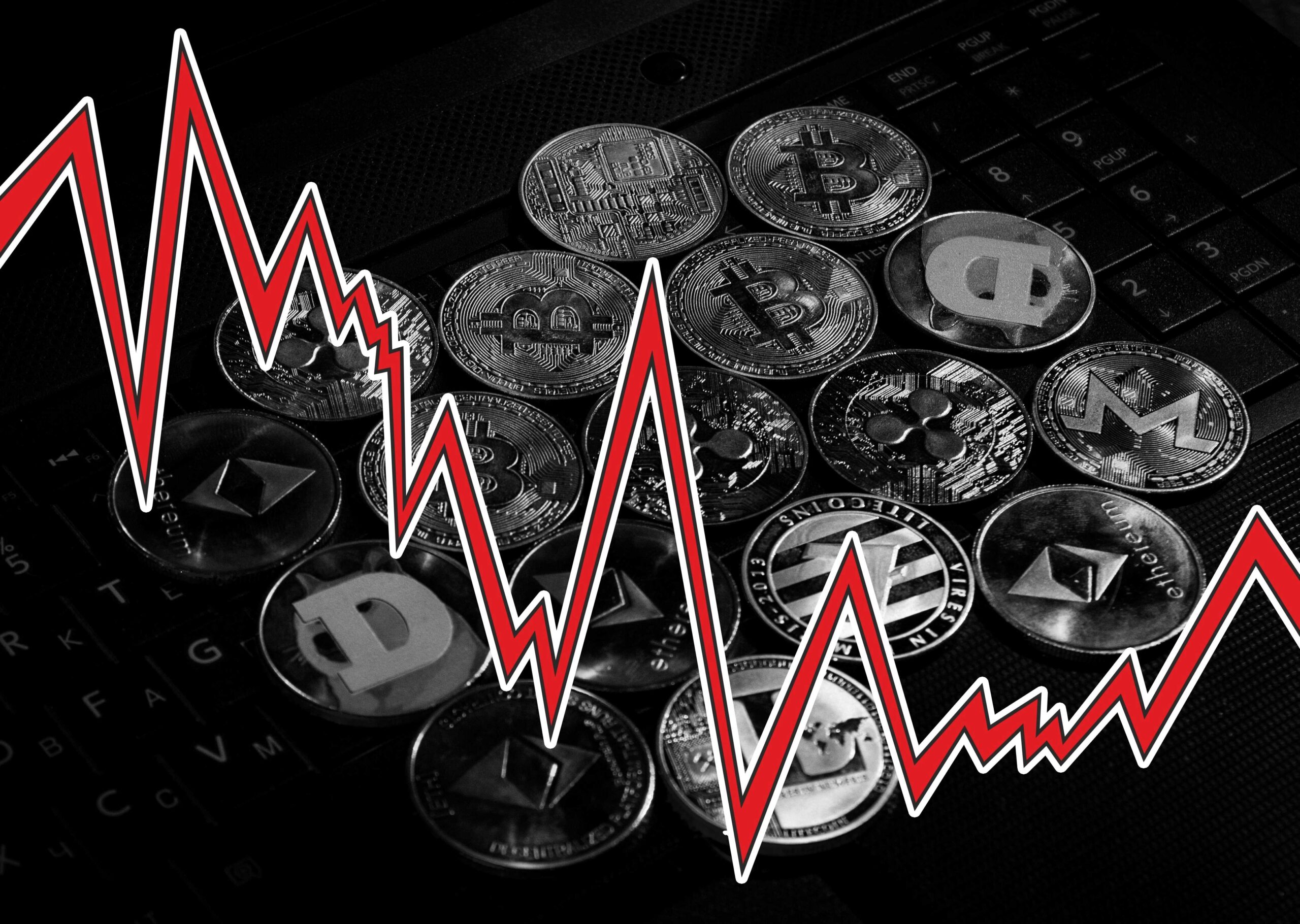
After the very difficult conditions for Bond investors seen last year, we are seeing growing evidence that a change in direction is now likely. This could herald an improved performance for an asset class that has struggled over the last 18 months and suggests that good opportunities exist in Fixed Interest markets at the present time. We take a closer look at Bonds as an asset class and why now may be a good time to consider Bonds as part of your portfolio.
What is a Bond?
Bonds are issued by governments and companies when they want to raise money. By buying a bond, you’re effectively loaning your capital to the government or company, and in return, they agree to pay you back the face value of the loan on a specific date, and pay you interest during the life of the Bond.
The characteristics of a known redemption date and a fixed rate of interest should mean that Bonds produce less volatility than Equities (shares) and are also more predictable. Other factors that influence the risk of a Bond include the financial strength of the government or company issuing the Bond. The more secure and financially stable the issuer, the more likely the Bond is to be repaid in full. The length of time before the Bond matures is also a key factor. Bonds that are due to be repaid in a relatively short period of time (say 5 years or less) are less volatile than those that redeem in 20 or 30 years’ time.
Why was 2022 so difficult?
Bond markets tend to do well in periods when interest rates are low, as the yield (the return offered by a Bond) looks attractive compared to the rate of interest you could obtain through a bank or building society. Last year was, of course, dominated by the sharp rise in inflation, which was caused by the aftermath of the Covid-19 pandemic and exacerbated by the Russian invasion of Ukraine. Central banks across the Western World began hiking rates from the end of 2021, in an attempt to slow the rate of inflation. Indeed, the speed at which rates increased caught many by surprise.
As interest rates rose sharply, the only way for Bonds to remain competitive with overnight money is for the price to fall, which in turn increases the yield. There was nowhere to hide within Fixed Interest markets, and whilst some protection could be found in shorter dated Bonds – in which we held good exposure throughout the last 18 months – the value of Government and Corporate Bonds fell. Whilst this led to disappointing returns last year, it does not mean that Bonds are attractively priced.
Why is the outlook brighter?
The Bank of England and US Federal Reserve have both now paused their rate hiking cycle, bringing to an end a run of successive rate increases. Whilst there remains a possibility that either or both could raise rates again, we feel this is unlikely. Firstly, we expect inflation to continue to fall over the remainder of this year and into 2024, and the speed at which inflation returns to more normal levels could be a surprise. UK inflation data in August was weaker than expected and in the US, inflation rests just above 3%.
Secondly, economic growth is likely to slow through the next 6-12 months in many Western economies. Ratings agency Fitch recently reduced the outlook for global growth next year, and the OECD projection is for the US economy to rise by only 1% during 2024. Consumer confidence is expected to weaken and the housing markets in both the US and UK are both under pressure given the impact of higher mortgage rates.
As a result, the next substantive move in interest rates may well be down. Economists and market participants are currently weighing up whether rates will be eased gradually or potentially more aggressively, depending on the pace of economic growth. Central banks are adopting a policy whereby their decisions are being led by inflation, unemployment and growth data. Should data remain strong, then there is a case to suggest that rates will only fall gradually, but in the event that data is weaker than expected, then calls will grow for central banks to take more rapid action. There is also discourse as to the timing of rate cuts, with some suggesting the first cuts could come in the first half of next year, whilst others seeing the easing cycle starting in the third or fourth quarters of 2024.
Just as increases in interest rates are generally negative for Bonds, cuts in base rates may well prove positive. At the time of writing, a 10 year US Treasury Bond is currently yielding 4.6%, which doesn’t appear overly attractive when compared to overnight interest rates available on cash deposit; however, a yield of 4.6% could look very attractive should base rates fall over the medium term, say to between 3% and 4%.
Time to revisit Bonds?
After a very difficult 18-month period, Bond prices are attractive, and we feel there is good reason to see value in Bonds at current levels. Investment Grade Corporate Bonds (i.e. those Bonds issued by companies who credit rating agencies deem to be financially stable) and Government Bonds may well see a slow re-rating, as the economic landscape changes over the coming year. Despite the fact that the default rate (that is to say the number of Bonds who fail to repay capital or interest to investors) remains low, a slowing economy could lead to an increase in defaults from more speculative Bonds.
Diversification is a key component of a successful investment strategy, and any allocation to Bonds should be balanced with other assets, according to your attitude to risk, objectives and time horizon. This is why taking advice on the correct asset allocation for your circumstances is an important step for most investors to take.
Speak to one of our experienced advisers here about the outlook for Bonds and Fixed Interest investments, and how they could fit into your investment portfolio.













